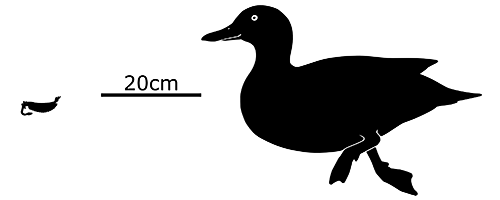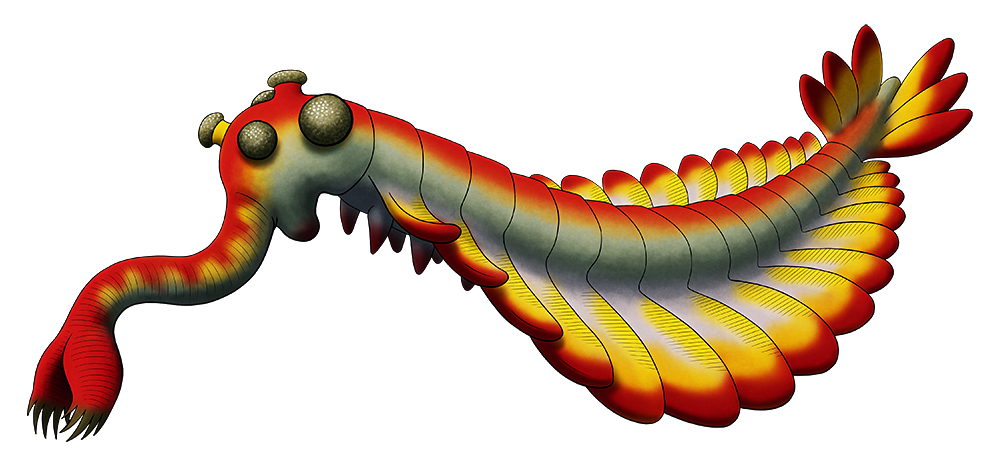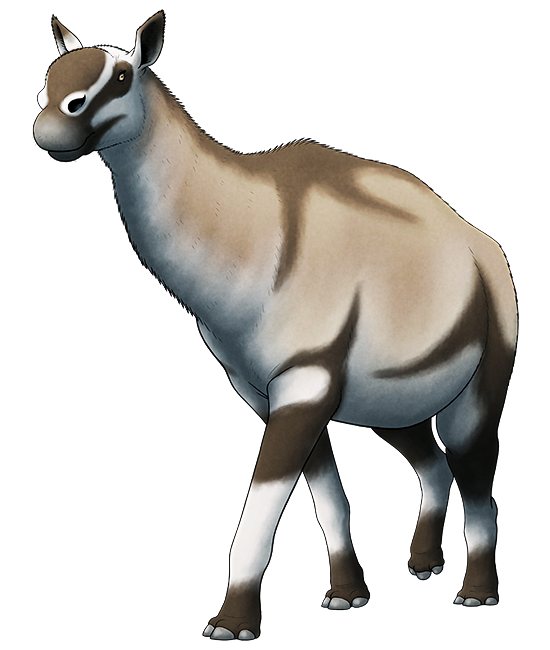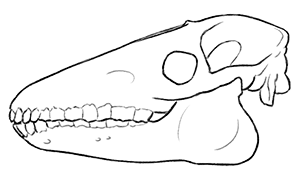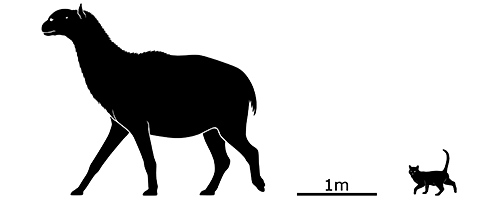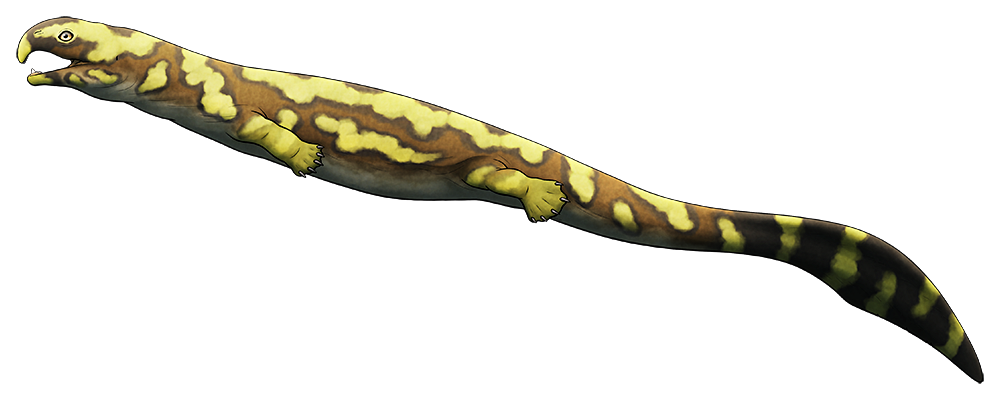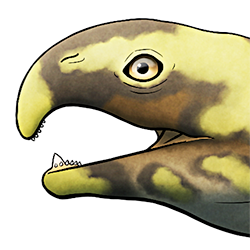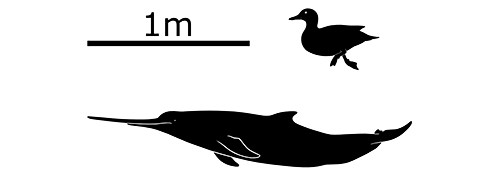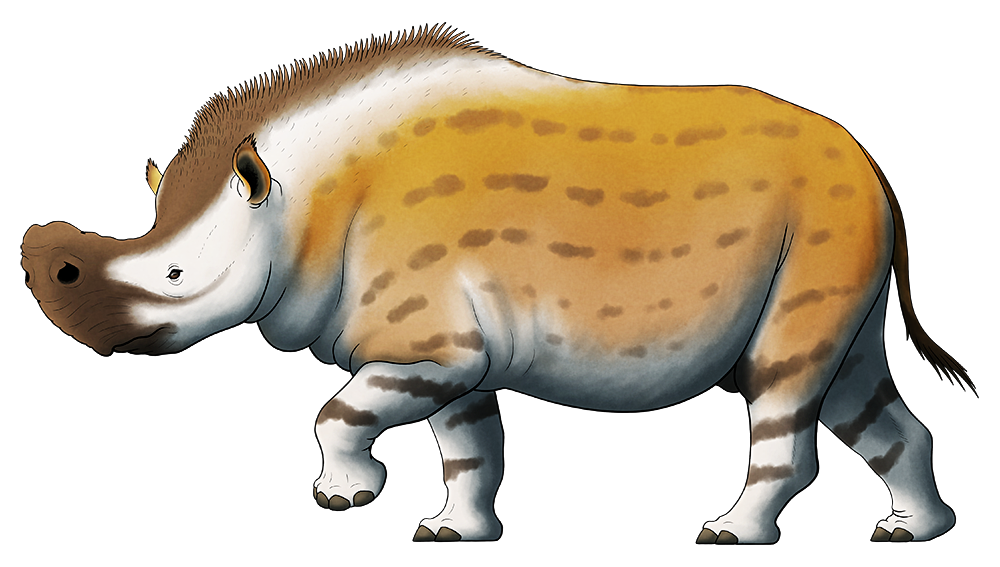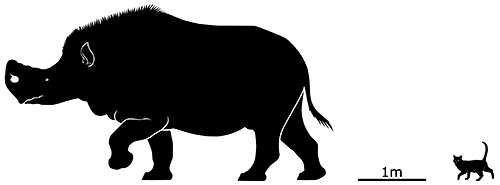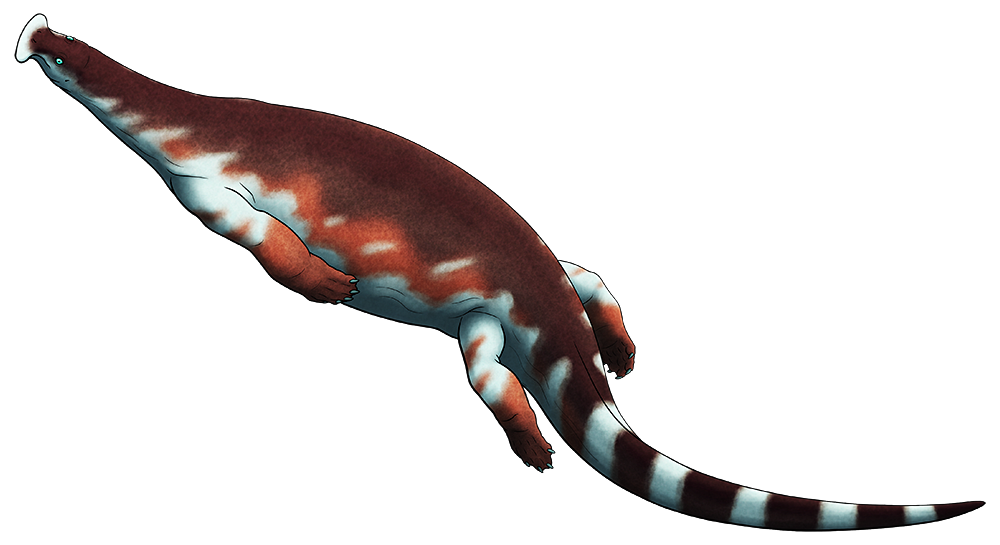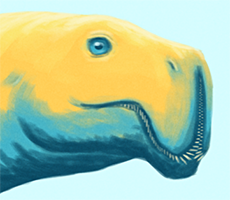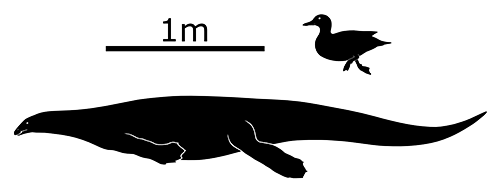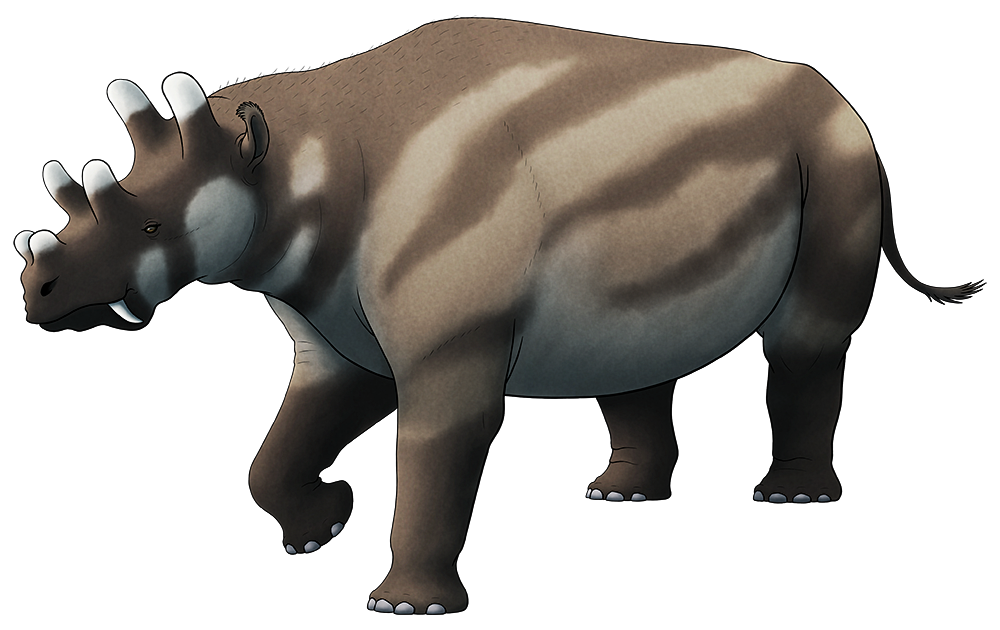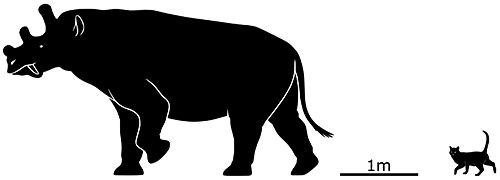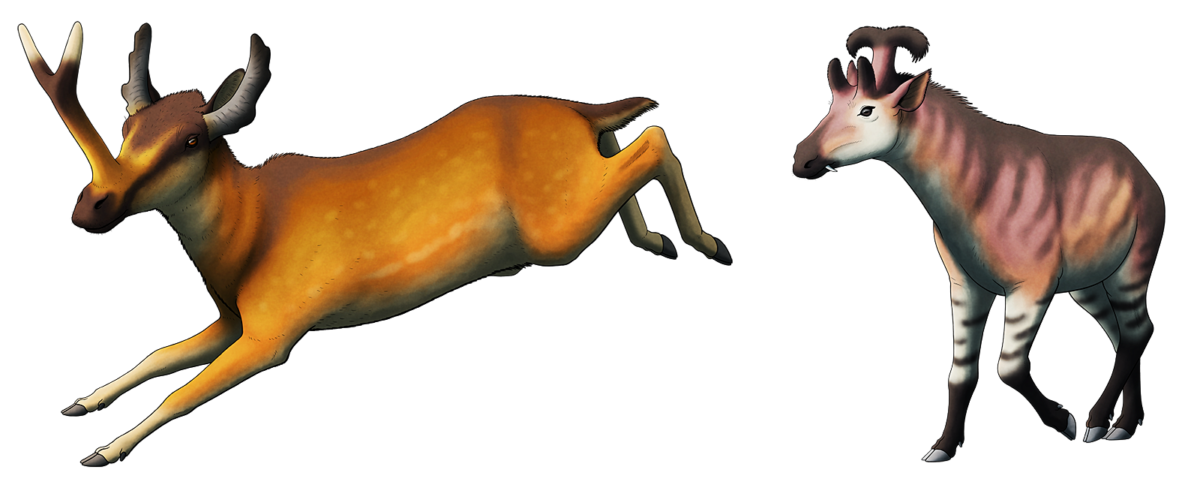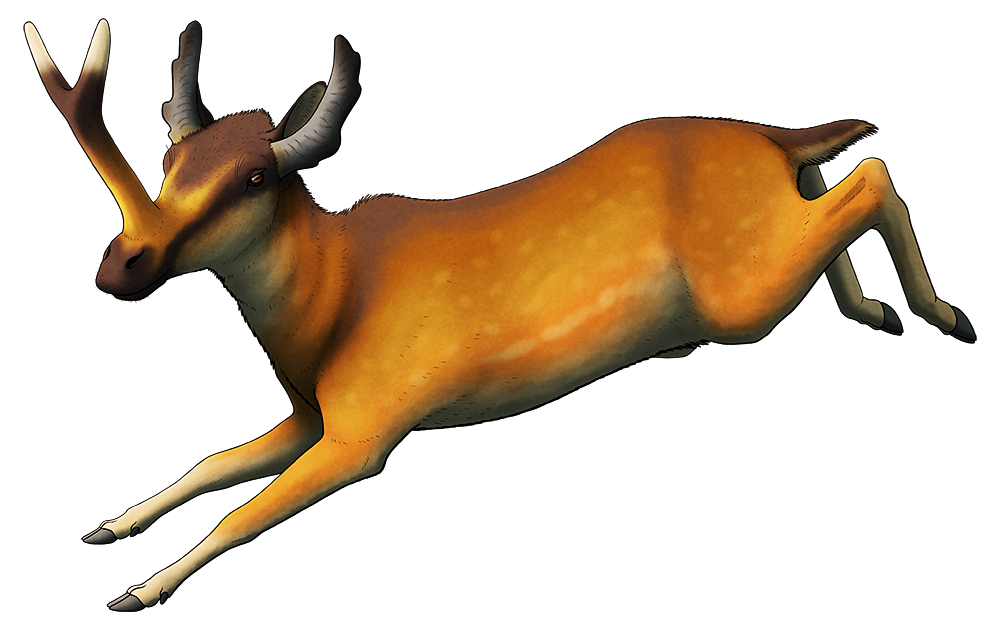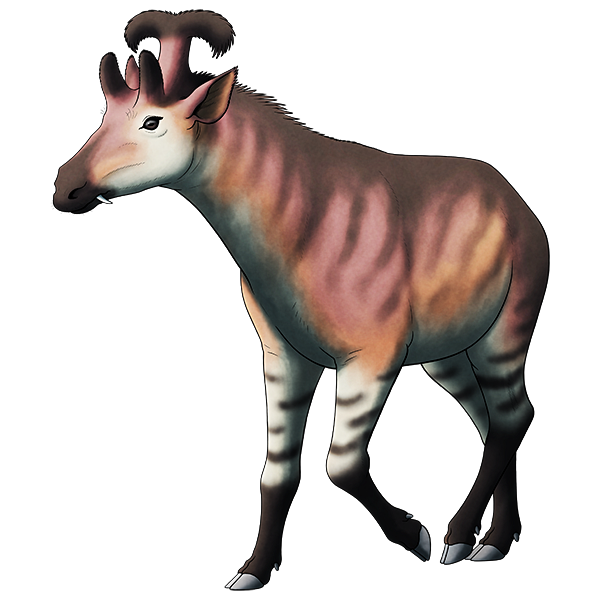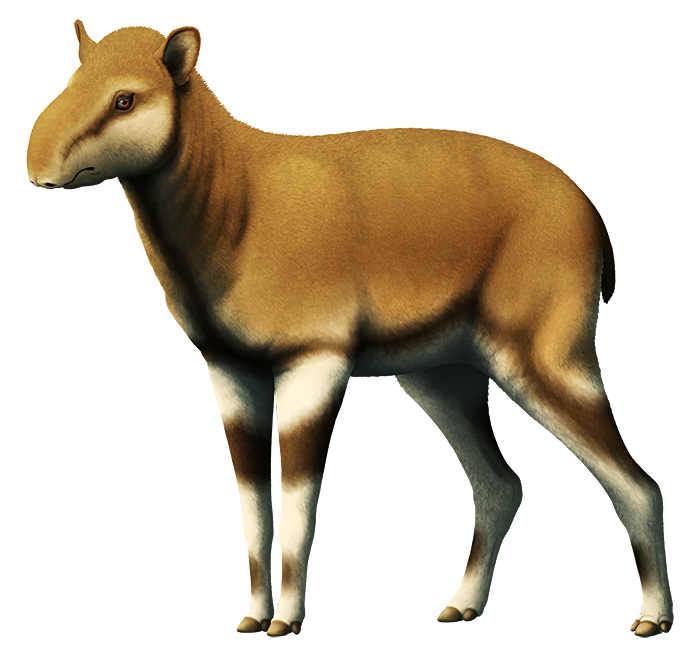During the Cambrian explosion, a time full of incredibly weird-looking evolutionary experiments, Opabinia regalis was one of the weirdest of all – so ridiculous, in fact, that when its anatomy was first revealed at a presentation the audience laughed.
Known from the mid-Cambrian Burgess Shale fossil deposits in Canada, this bizarre creature lived around 508 million years ago and had a body measuring just 4-7cm long (~1.5-2.75″).
It had five stalked eyes on its head, and a long flexible proboscis that resembled a vacuum cleaner hose ending in a pincer-like grasping structure. Its mouth was located on the bottom of its head, behind the base of its proboscis, and the opening pointed backwards forming a U-bend in its digestive tract.
The rest of its segmented body had overlapping swimming lobes and a tail fan, and small triangular structures that may have been legs on its underside.
It was probably a bottom-feeding predator or a detritvore, swimming along above the seafloor using its proboscis to snatch up small soft prey or organic material and passing it up to its mouth.
It also seems to have been a fairly rare member of the Burgess Shale ecosystem, with less than 50 specimens known from the thousands of fossils found there.
For a while Opabinia was thought to represent a completely new phylum, but after further discoveries of similar animals like Anomalocaris it’s now considered to be a “stem-arthropod”, a close evolutionary cousin to modern insects, arachnids, myriapods, and crustaceans. Its exact relationships with other stem-arthropods are still being debated, however, and some studies suggest its closest living relatives may actually be tardigrades.
